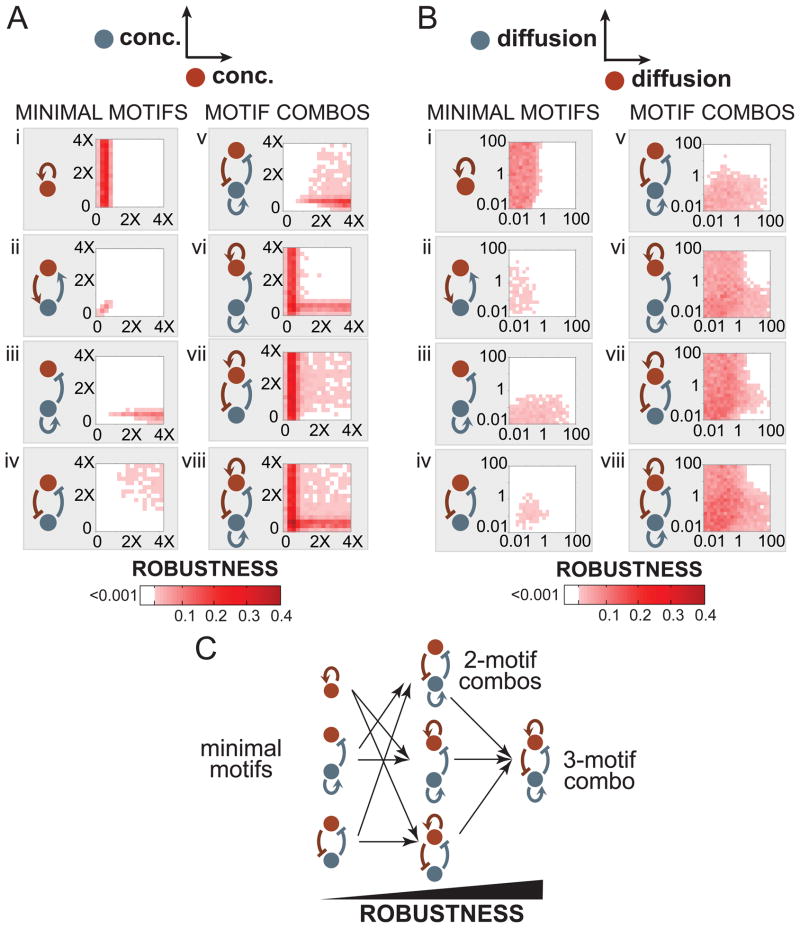Figure 3. Combining minimal motifs increases robustness to variation in component concentrations and lateral diffusion rates.
Robustness landscapes are projected onto a two-dimensional parameter space representing either (A) component concentrations, defined relative to the total number of binding sites or (B) component lateral diffusion rates, defined as dimensionless ratios relative to the basal binding rate kon. Projections are visualized as heatmaps with robustness indicated by color. In both cases, minimal motifs alone (i to iv) can polarize robustly only in small, limited regions of parameter space, while topologies consisting of motif combinations (v to viii) can polarize robustly in expanded regions of parameter space. (C) Combining minimal motifs into more complex circuitry enables self-organizing polarization over larger ranges of parameter values and thus, increases the topology’s robustness to parameter variations. See Figure S3.

